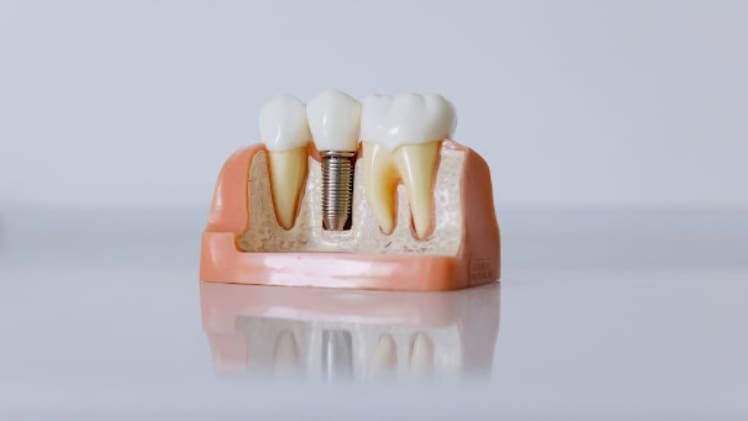
Blood sample collection is a fundamental process in healthcare diagnostics and medical research. Over the years, advancements in technology and best practices have revolutionized this critical aspect of patient care. This article explores the evolution of blood sample collection, highlighting the significant advancements and best practices that have improved efficiency, safety, and accuracy in this vital medical procedure.
Advancements in Blood Sample Collection
1. Blood Sample Collection Boxes: Ensuring Safety and Compliance
One of the key advancements in blood sample collection is the development of specialized blood sample collection boxes. These containers are designed to maintain the integrity and safety of blood samples during transportation from collection sites to laboratories. The use of dedicated blood sample collection boxes minimizes the risk of contamination and ensures compliance with biohazard safety regulations.
Medical transport boxes, including blood sample collection boxes, are engineered with robust materials that provide physical protection to the samples. These boxes often feature airtight seals, biohazard markings, and temperature control mechanisms to maintain optimal conditions for sample preservation. By utilizing these boxes, healthcare professionals can minimize the risk of sample degradation and maintain the accuracy of diagnostic results.
2. Temperature Control and Ultra Low Temperature Freezers
Temperature control is crucial in preserving the quality and viability of blood samples during collection and transportation. Advances in technology have led to the development of ultra low temperature freezers, which provide the necessary cold storage conditions for long-term sample preservation.
Ultra low temperature freezers maintain temperatures below -80 degrees Celsius, ensuring the integrity of blood samples that require long-term storage. These freezers play a critical role in maintaining the stability of various biological components, such as DNA, RNA, and proteins, allowing researchers to conduct comprehensive analyses even months or years after the initial sample collection.
By utilizing medical transport boxes with integrated temperature control mechanisms, healthcare professionals can safely transport blood samples at the required temperature. These containers provide a stable environment, minimizing temperature fluctuations and ensuring sample integrity throughout the transportation process.
Best Practices in Blood Sample Collection
1. Proper Handling and Labeling
Adhering to best practices in blood sample collection is essential to maintain sample quality and avoid errors. Proper handling techniques, such as using aseptic procedures and following established protocols, reduce the risk of contamination and ensure accurate test results.
Additionally, labeling blood samples correctly is crucial for maintaining traceability and preventing mix-ups. Each sample should be clearly labeled with patient information, collection time, and other relevant identifiers. Proper labeling allows for accurate patient identification, prevents sample mix-ups, and ensures the reliability of diagnostic results.
2. Training and Competency of Healthcare Professionals
To ensure consistent and reliable blood sample collection, healthcare professionals must receive comprehensive training and demonstrate competency in phlebotomy techniques. Proper training equips professionals with the necessary skills to perform blood collection procedures accurately, minimizing patient discomfort and reducing the potential for complications.
Continuous education and refresher courses are also essential to keep healthcare professionals updated on the latest advancements in blood sample collection techniques and best practices. Staying informed about new technologies and guidelines allows professionals to provide the highest quality of care to patients.
3. Effective Communication and Collaboration
Efficient blood sample collection requires effective communication and collaboration among different healthcare stakeholders. Clear communication between the phlebotomist, laboratory staff, and other involved parties ensures proper sample collection, accurate labeling, and timely transportation.
Collaboration with laboratory personnel is particularly crucial when utilizing medical transport boxes. Clear communication regarding the transportation requirements, such as temperature specifications and handling instructions, ensures that the samples reach the laboratory in optimal condition for analysis.
Conclusion
The evolution of blood sample collection has witnessed remarkable advancements and the adoption of best practices, leading to improved efficiency, safety, and accuracy. The utilization of specialized blood sample collection box and medical transport boxes with temperature control mechanisms ensures the safe transportation of samples, preserving their integrity and minimizing the risk of contamination.
Adhering to proper handling techniques, competency training, and effective communication enhances the quality of blood sample collection procedures. These practices, along with the continuous monitoring of advancements in the field, are vital in maintaining the highest standards of patient care and facilitating accurate diagnostic results.
As technology continues to advance, it is crucial for healthcare professionals to stay informed and embrace the latest advancements and best practices in blood sample collection. By doing so, they can ensure the reliable analysis of blood samples and contribute to improved patient outcomes in various healthcare settings.



